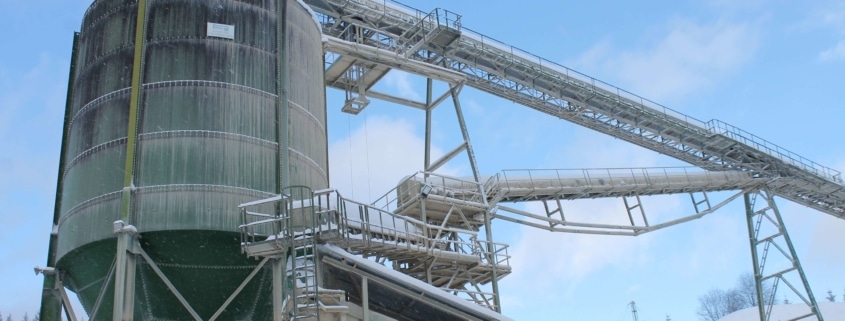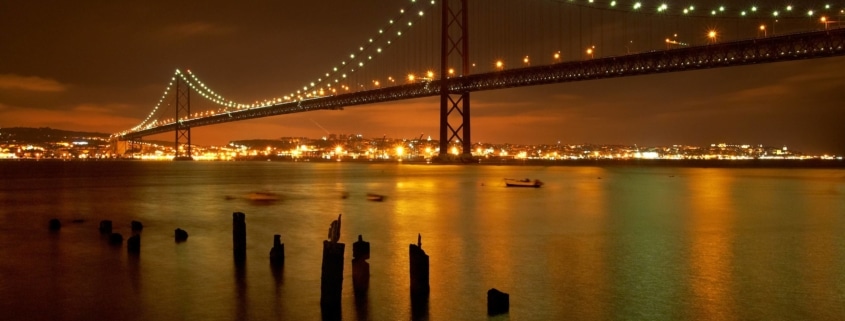The versatility, durability, and ability to avoid corrosion make weathering steel a popular building, design, and architectural metal. You probably see it every day without knowing it in the bridges, buildings, and fences around your city or hometown. But did you know that weathering steel is also used for parks, gardens, and design elements in landscaping? So much so that in 2019, The Wall Street Journal called weathering steel a “top trend” for garden design.
This article will discuss how weathering steel is used in landscaping, particularly hardscapes, as well as review the benefits of this adaptable metal and how to use it in every day, and not so every day, applications.
Weathering Steel and Its Benefits
What is Weathering Steel?
Weathering steel, also referred to as Corten or Cor-Ten steel, is a group of low carbon steel alloys that were created to make a metal that was corrosion resistant, didn’t need to be painted, and was stronger than other steel grades. Weathering steel, after exposure to the elements, forms a rust-like patina on the outside which protects the metal against corrosion and extends the life and use of the metal.
Benefits of Weathering Steel
Maintaining its own protective patina is impressive on its own, but there is more that weathering steel can provide, such as:
- Durability
- Low Maintenance
- No Paint Needed
- Long Lasting
- Great Aesthetic
- Many Ways to Use
What sets weathering steel apart from other steel is that it becomes harder and stronger when exposed to the weather. The patina that forms over time protects the material from the weather. It shows up as an orangish color that many find pleasurable to look at and useful for outdoor or indoor projects.
What is a Hardscape?
A hardscape is any solid construction in an outdoor area that isn’t plant life. Driveways, patios, water features, decks, firepits, and walkways are all examples of hardscapes. These structures and features are incorporated into the space, combining nature with man-made materials that merge into one well-defined space.
Uses for Weathering Steel
Instead of using typical standard materials like wrought iron or cedar, architects today opt for clean lines and easy maintenance of weathering steel. On top of all the other positive benefits, the functionality of this metal cannot be understated. Here are some of the uses and applications for weathering steel.
Landscape Edging: A simple and effective way to define space around plants and along driveways and sidewalks.
Retaining Walls: These are not only practical but also look clean and polished in outdoor spaces. While a boulder or concrete block retaining wall works fine, it doesn’t have the same contemporary aesthetic as weathering steel.
Planter Boxes: These boxes are used for house plants, of course, but they also function as a barrier and a decorative divider as well.
Raised Beds: These work like planter boxes and retaining walls and are used to construct raised beds or gardens. Weathering steel creates thin edges that are helpful because they don’t take up any more room than you need.
Fencing, Gates, and Privacy Screens: These help complete any outdoor landscaping area, and the weathering steel can help put the finishing touches on the fencing or screens.
Bollards: These short posts help to create a barrier in outdoor spaces and can also help guide traffic and protect any pedestrians in the area.
Roofing and Awnings: Shade is often a necessity to beat the heat outside, and roofing and awnings are a big help to offer up additional shade.
Water and Fire Features: Fire pits and fountains add charm and function to outdoor areas.
Quality Metal for Your Next Landscaping Project
MetalTech Global is the nation’s premier distributor and fabricator of coil, sheet, and finished architectural metals products. We promote the use of sustainable metal products in the buildings and can create custom perforated patterns and shapes as well. With high-tech tools and over 25 years of experience, our architectural support staff can realize an unlimited variety of folded and perforated panel designs.
Contact us today for all of your weathering steel, perforated metal, coil, panel, and fabrication needs! We look forward to working with you to realize your next architectural dream.



